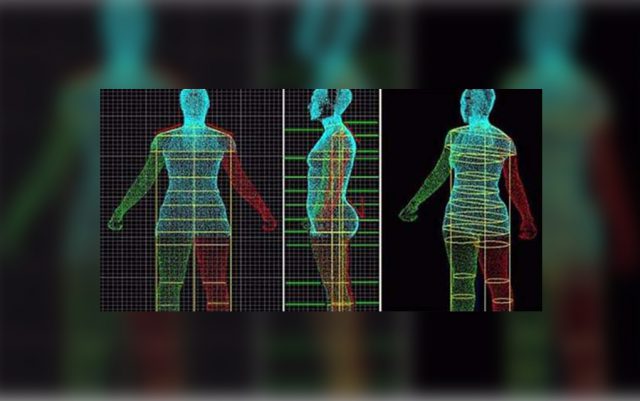Back, side and front view of 3D scan measurement extraction. (Photo: The Maple Leaf)
Anthropometry is a science that deals with the standardized measurement of the human body. It is applied to ensure appropriate fit of equipment and clothing. Anthropometrics are applied to answer questions about fit and form such as “where should we place pant pockets, and at what angle, such that the most members will be able to comfortably access them?”
Anthropometric data can also be released to industry in order to ensure industry designs align to the needs of the CAF population.
That is why the Canadian Armed Forces (CAF) will be introducing a fleet of new 3D scanning technology, to systematically capture the body morphology of our members and provide key measurements for sizing and fit. Given the individuality and diversity of its members, the CAF will also be modernizing the collection methods, and database, that inform the procurement of individual clothing and equipment to will ensure that all body types and gender considerations are taken into account.
The process is being led by the Directorate Soldier System Program Management (DSSPM) who also maintains the database of information for these updates.
This change comes as the CAF evolves to attract members of different genders and ethnic backgrounds. As the CAF membership changes, the way we outfit our members must also evolve. We must understand the size and shape of the modern soldiers, sailors, and aircrew in order to optimize the sizing and fit of individual equipment and clothing. The goal is to get as close to customized clothing and equipment for each individual as is possible.
Currently, the procurement of individual equipment and clothing is informed using a database of measurements generated in 2012. As the demographics of CAF members have changed, the existing anthropometric data is becoming obsolete and less reliable for acquisition decision making.
Portable scanners will be deployed across Canada to capture more inclusive and relevant data. This will also support targeted efforts for data gathering in specific underrepresented populations, such as the Canadian Rangers.
Scan implementation will take place via Personnel Support Programs, on a voluntary basis, in conjunction with Force Test evaluations. Due to the sensitive nature of the data being collected under this program, multiple privacy, security, and legal entities within DND are involved to approve and advise project documentation and decisions. We will also be working to develop an evaluation strategy for scanning technologies as part of the solicitation package.
The project is currently developing the Request for Proposal (RFP), expected to be released in FY2022/23. We anticipate the full deployment of the scanners in fiscal year 2024/2025.
Once the new system is in place, we expect to see a drop in the number of required special sizing requests, improvements in supply chain management forecasting and availability of correct sizes, and an increase in member satisfaction with respect to fit of issued clothing and equipment. These outcomes will support the Minister of National Defence making the CAF a more diverse and inclusive organization.
By: Emma Moon, Human Factors Support Cell (HFSC) – DGLEPM/DSSPM (The Maple Leaf)






